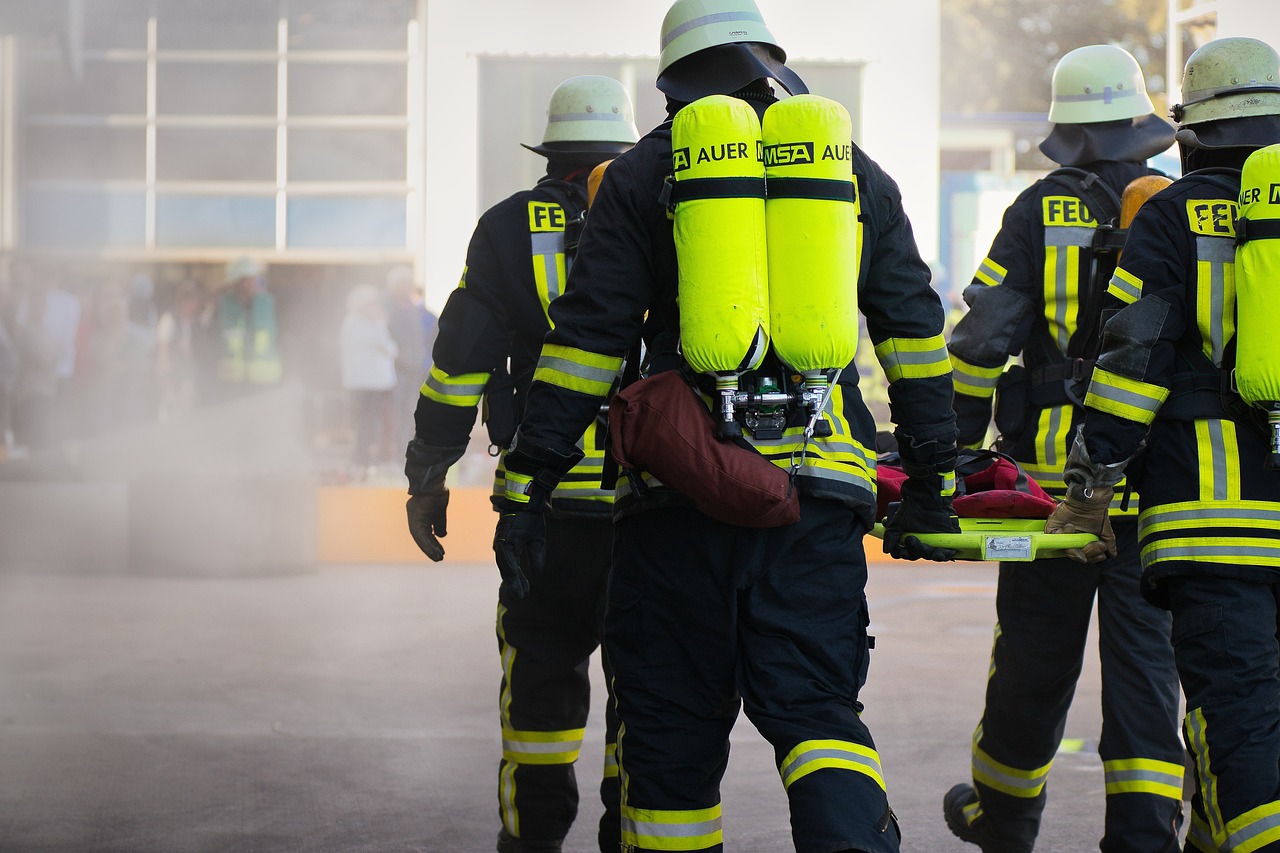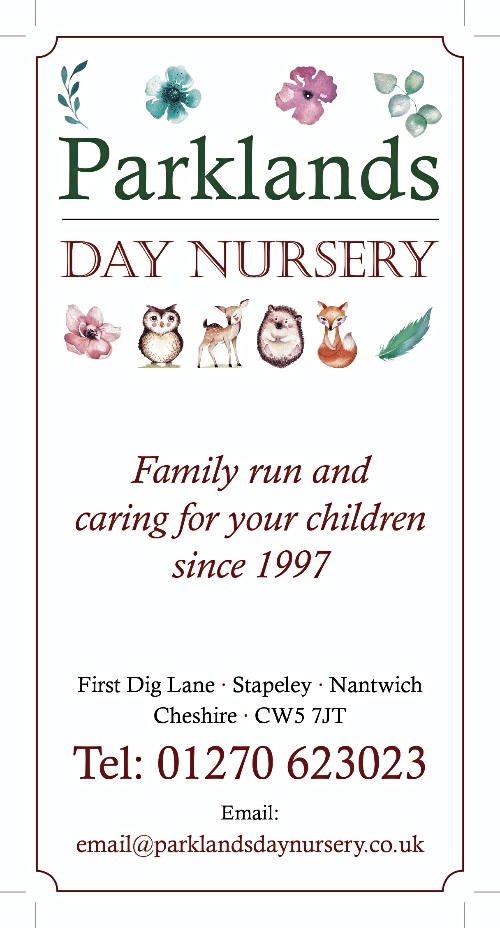
Fires can strike anywhere. No matter how vigilant a family is or how health and safety conscious an organisation is, accidents do happen.
There are a number of ways you can reduce the risk and spread of fire occurring at your property or workplace.
One of the most effective ways to curb the spread of a fire and create a safe escape passage is by installing a fire door with a minimum FD30 rating.
But what makes an FD30 door effective and why is it so important?
What is an FD30 fire door?
Doors are rated according to their fire safety – for instance FD30 or FD60.
‘FD’ stands for ‘fire door’, whilst the number refers to the length of time in minutes that the door design has resisted the effects of fire according to fire testing specifications.
FD30, the most common category of fire door, can resist a fire for 30 minutes.
A door that is categorised as NFR means that it is a non-fire rated door.
How do the FD30 fire check ratings come about?
Fire door safety in the UK is overseen by the British Woodworking Federation (BWF) Fire Door Alliance.
All door designs are rigorously tested at a UK Accreditation Service (UKAS) approved centre to ensure that they meet the minimum fire safety requirements.
BWF examination involves a number of tests, which take place in real-life settings to determine how a door would hold up in the event of a fire.
Whether it be a front door or an internal glass door, every component – from glass panels to other fittings – is meticulously tested.
Tests include exposing one side of a door to a certain amount of heat and attaching a combustible fibrous material to the opposite side and measuring how long the material takes to ignite.
Throughout the whole testing procedure, the door’s stability and its structural resistance are constantly monitored.
It will then be rated according to how it performs and, presuming it passes the minimum threshold, will be given BWF certification.
Subsequently, an FD30 door has been shown to resist a fire for 30 minutes under testing conditions.
Why do I need an FD30 door?
In 2023, there were almost 40,000 building fires in England.
Sadly, there were also 278 fire-related fatalities during that time, an increase of 1.8% from the previous year.
Almost all buildings in the UK are legally obligated to have a fire door of at least an FD30 rating.
This includes public buildings such as hospitals and educational centres, apartment buildings, offices, hospitality and entertainment venues, and commercial premises.
When it comes to private homes, the law regarding fire doors is more of a grey area.
All newbuilds and recently renovated properties over three storeys require a fire door fitted at every room leading to a stairwell, as must all entrances leading to a garage or similarly adjoining outbuilding.
Regardless of the law though, it is always advisable to have a door that’s certified for fire safety.
At the very least, it will give you peace of mind and could even save your life should the worst happen.
How does an FD30 enhance fire safety?
Fire doors offer two essential functions in the event of a blaze.
These include creating a barrier to prevent fire spreading when they are closed and to provide an escape route when they are opened.
A decent FD30 door will slow down the spread of flames and smoke without inhibiting access throughout the building.
Most modern buildings are designed using a compartmentation system to reduce the spread of fire.
Compartments are created by ceilings, floors, and walls and linked by fire doors.
Fire doors are installed as access ways to these compartments and offer protection for people who are exiting to safety or seeking refuge.
Conclusion
An FD30 fire check rating means that a door is able to resist the effects of fire for 30 minutes.
This is important because it can help to create a barrier and reduce the spread of smoke and flames should a fire break out.
(pixabay image, free to use)


















Recent Comments